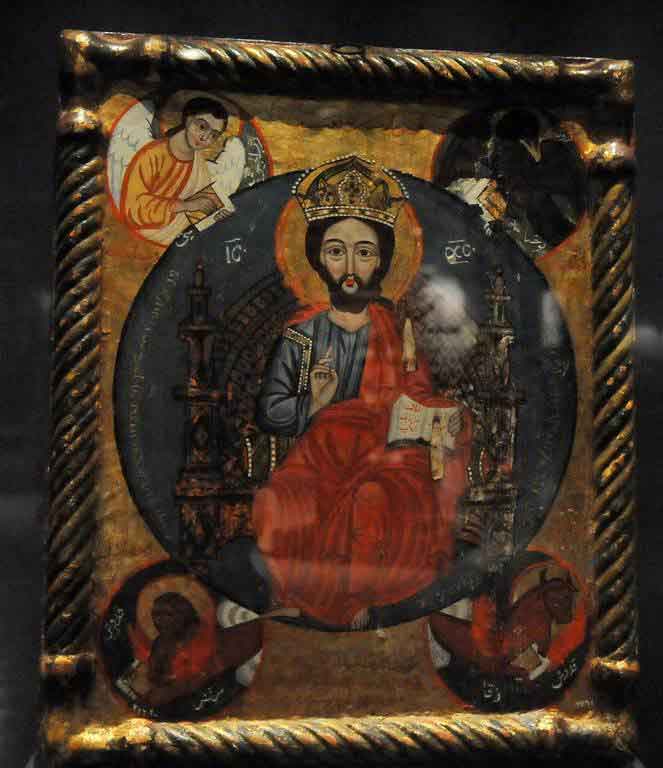

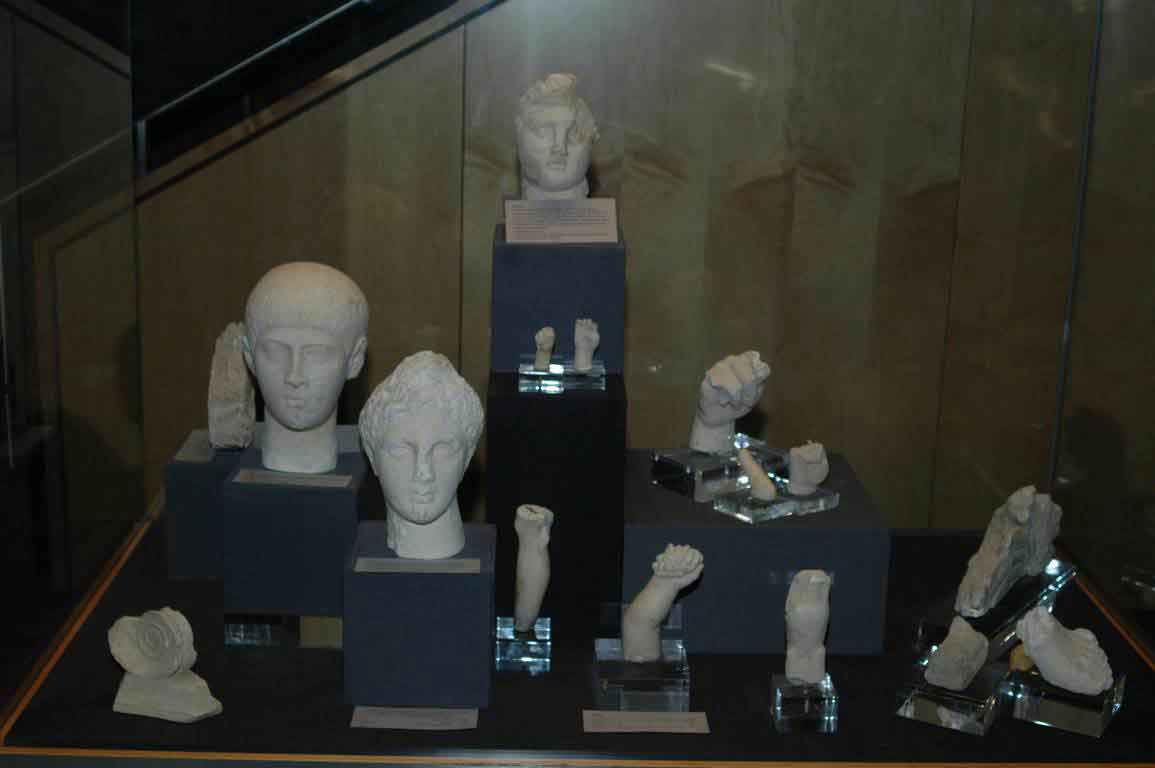
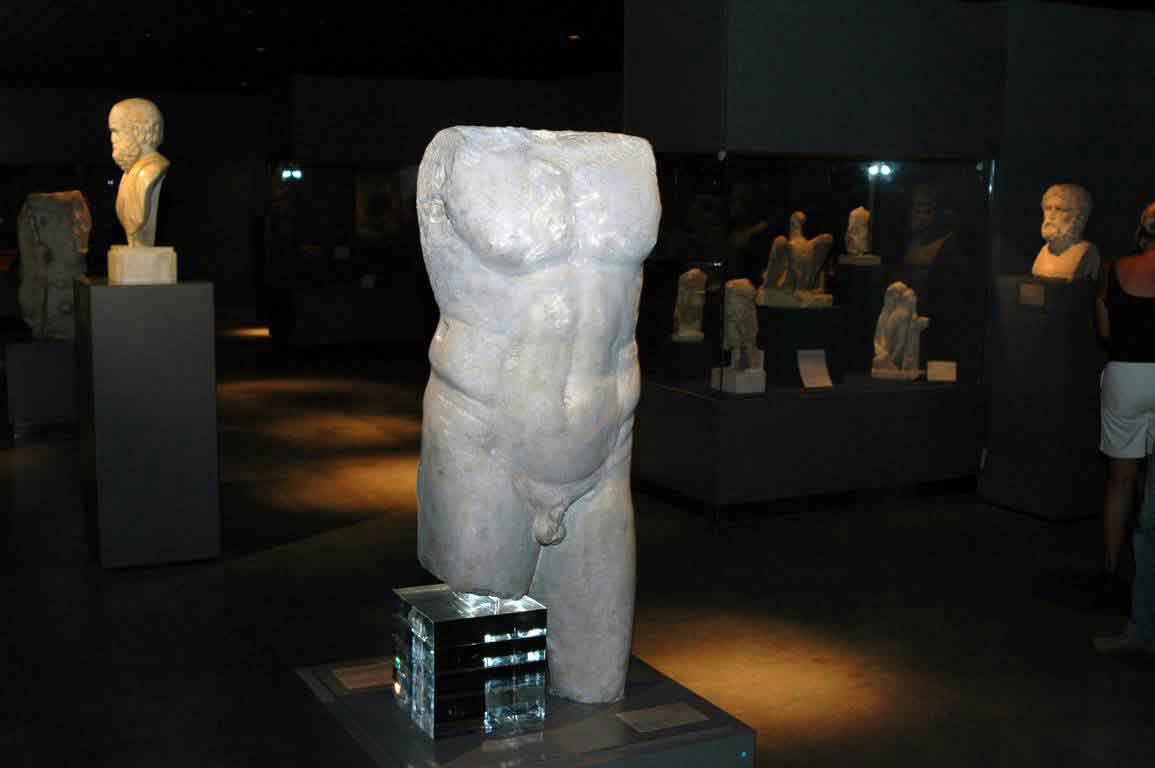
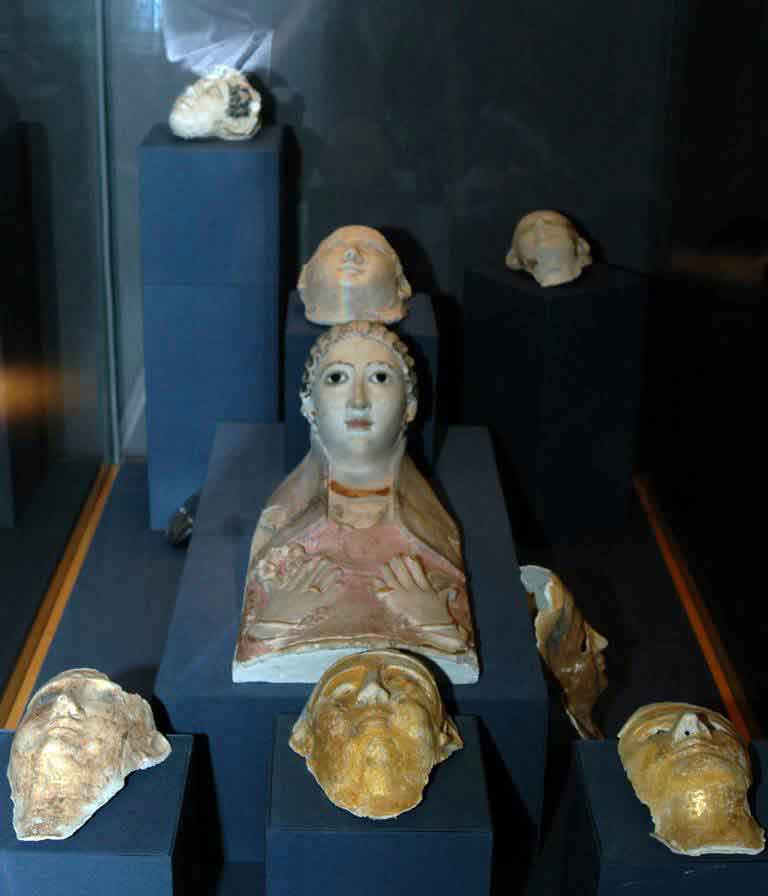

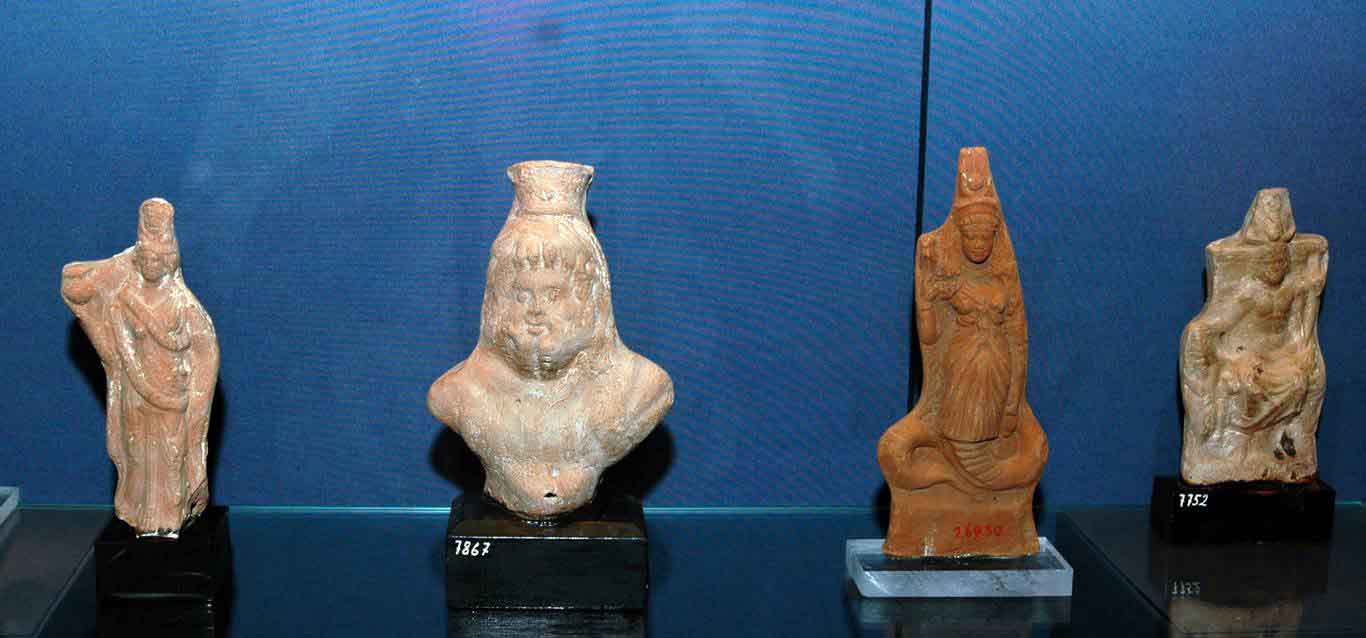



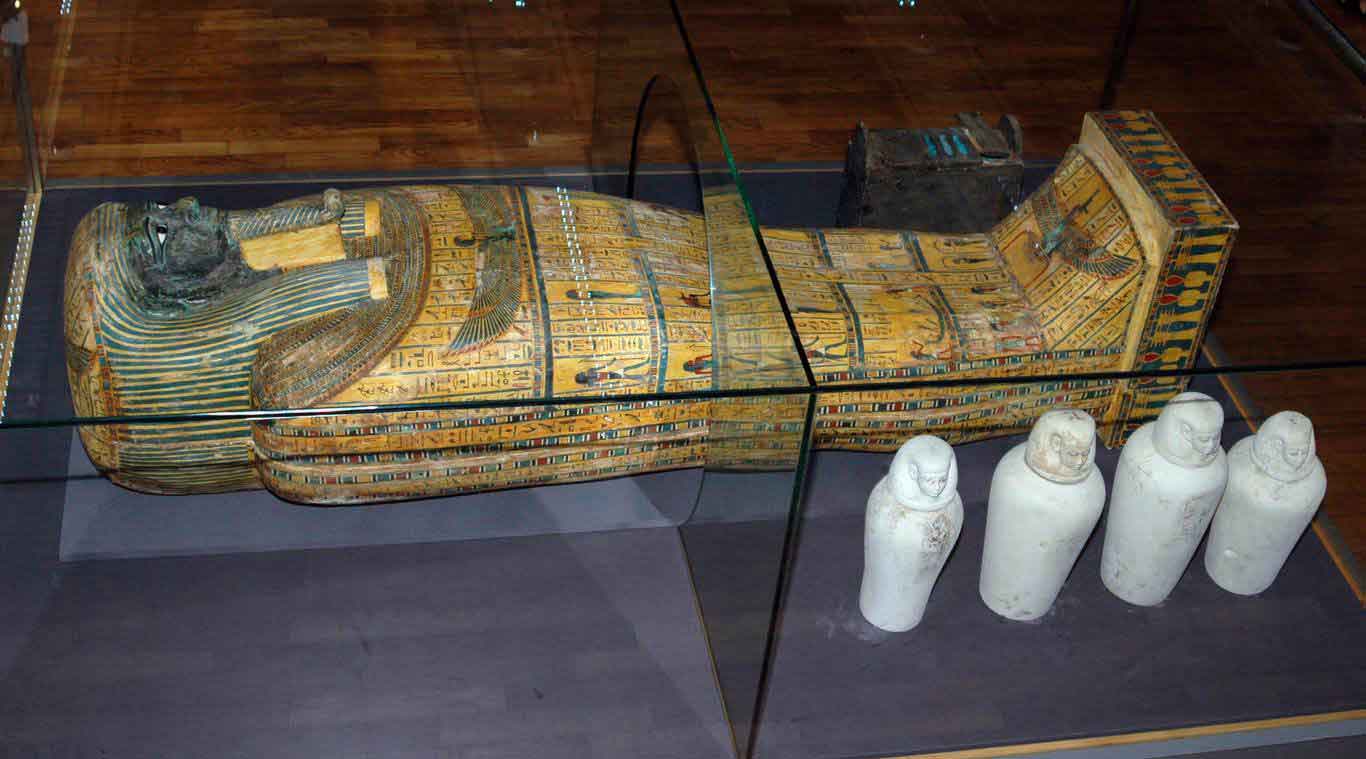
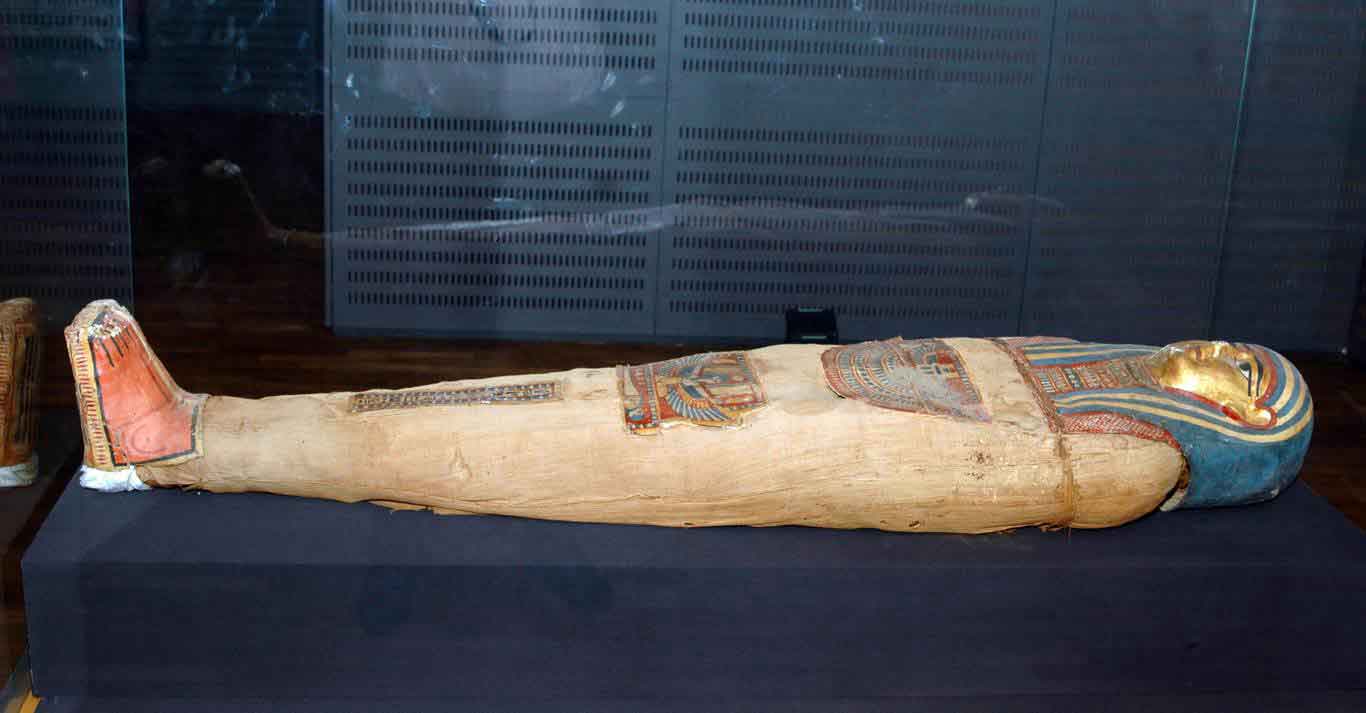
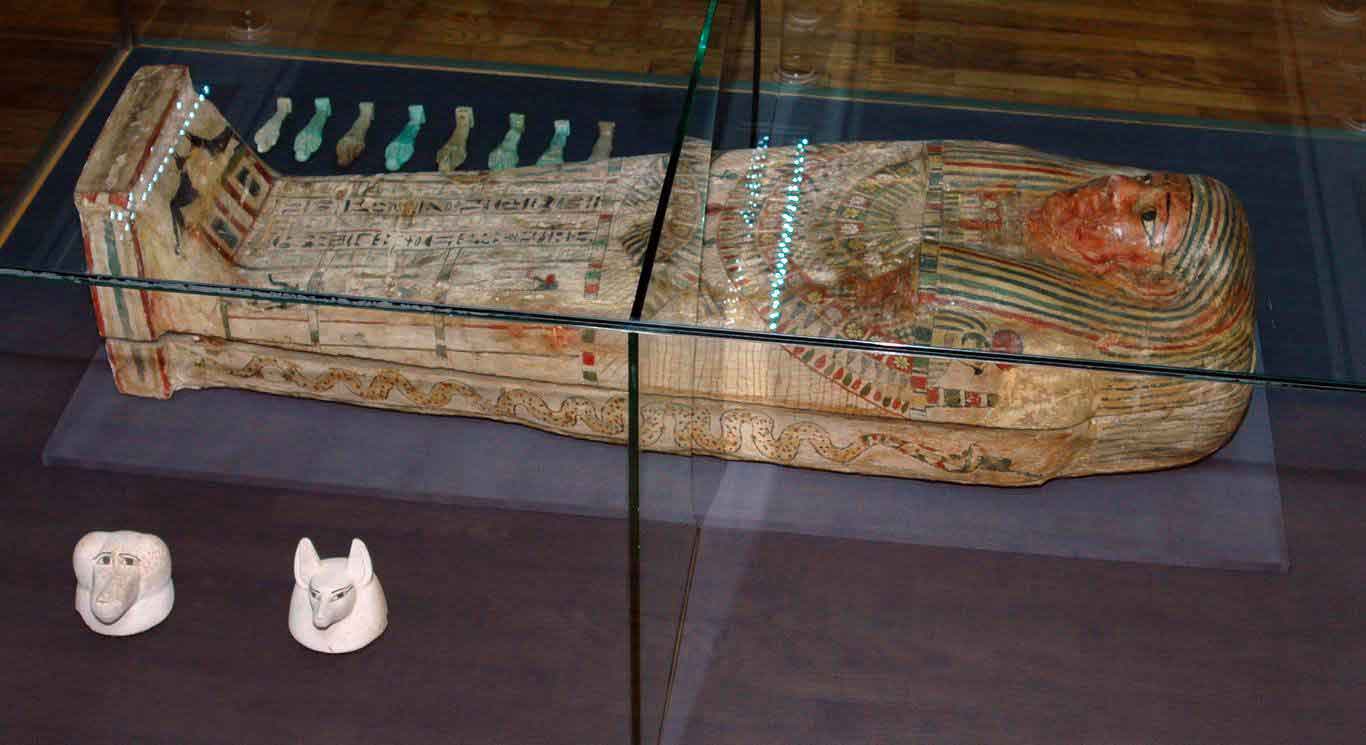
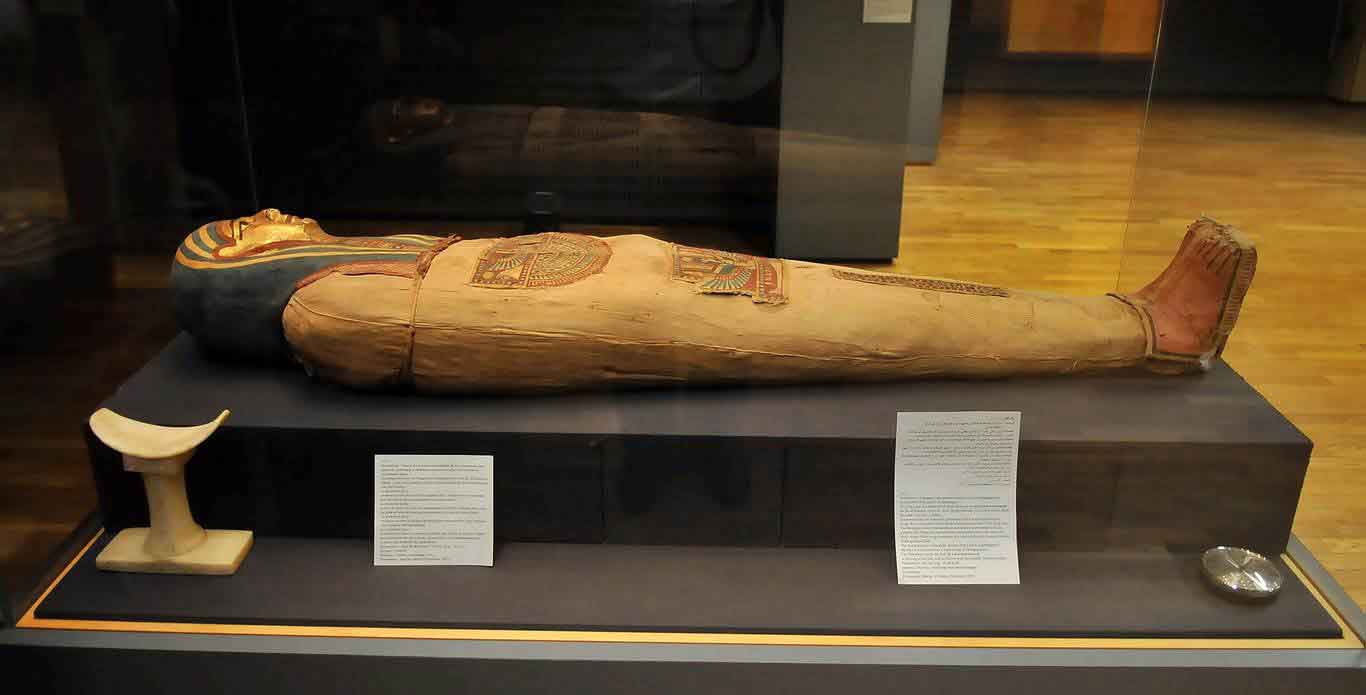
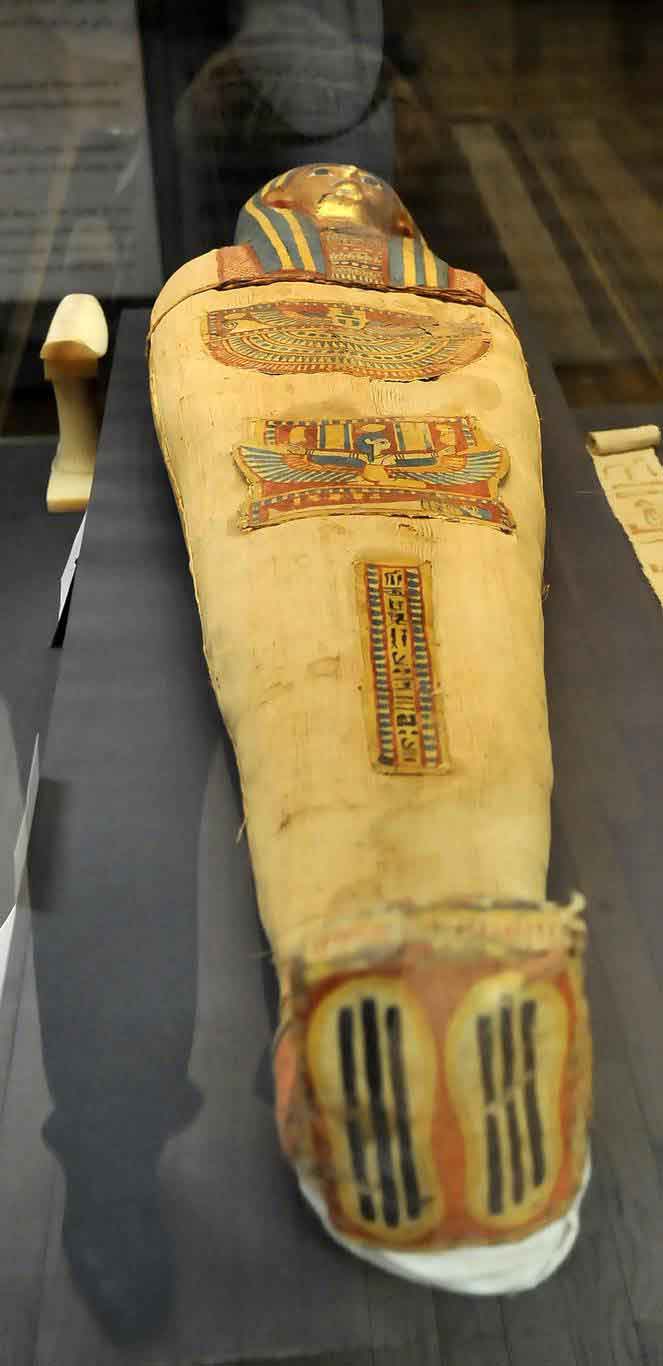
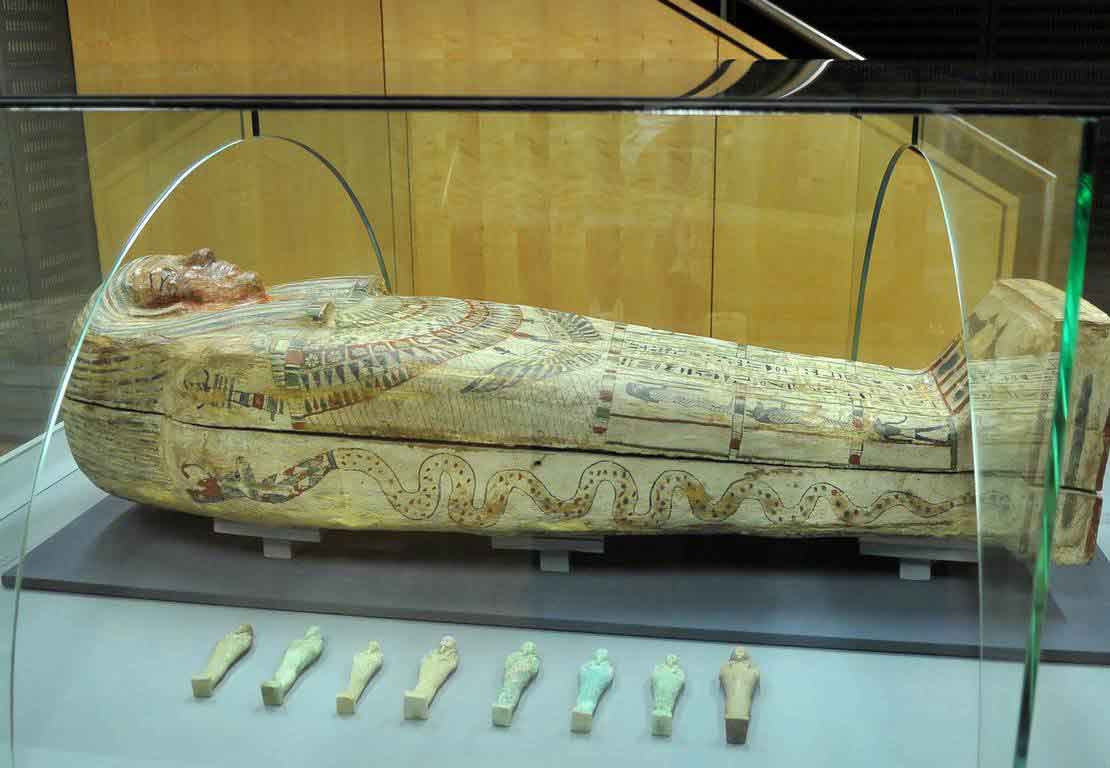
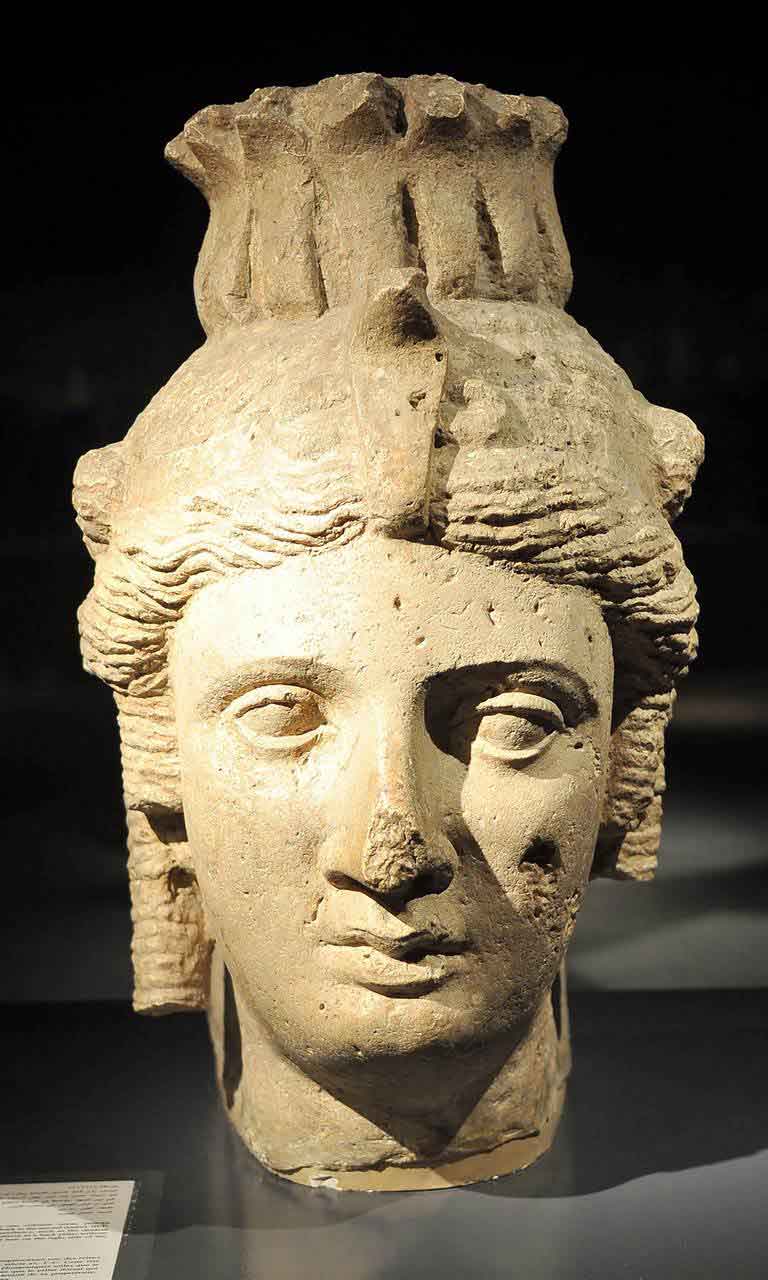
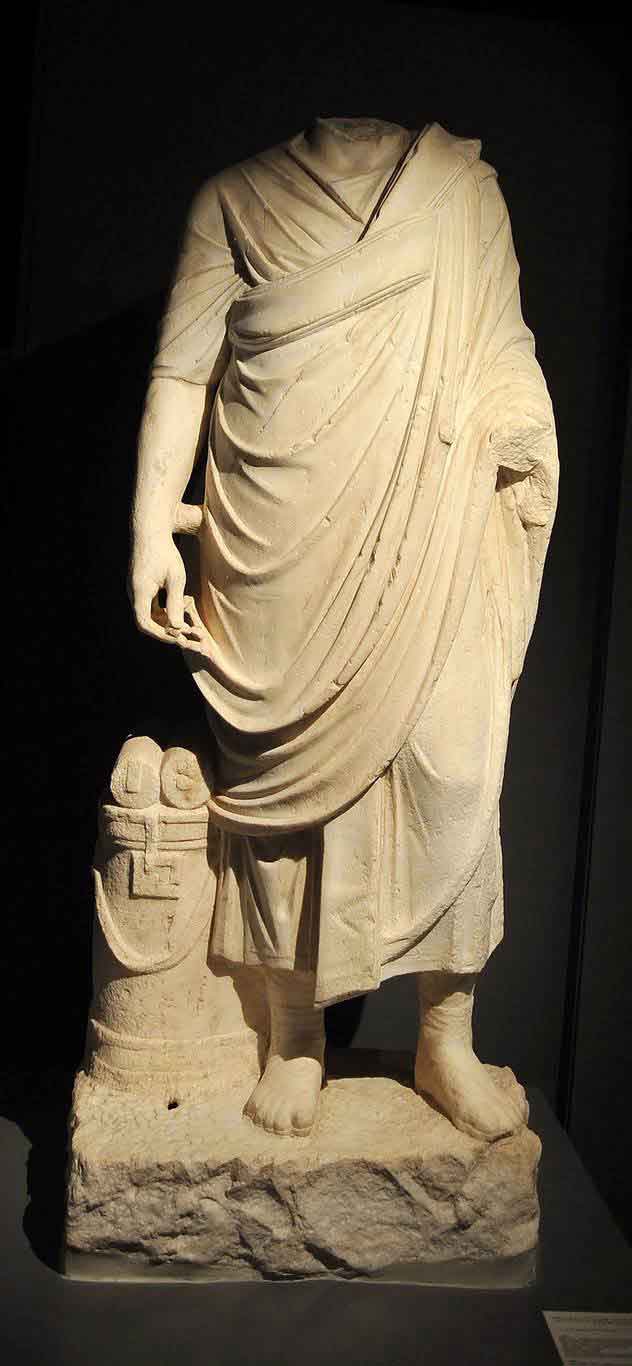
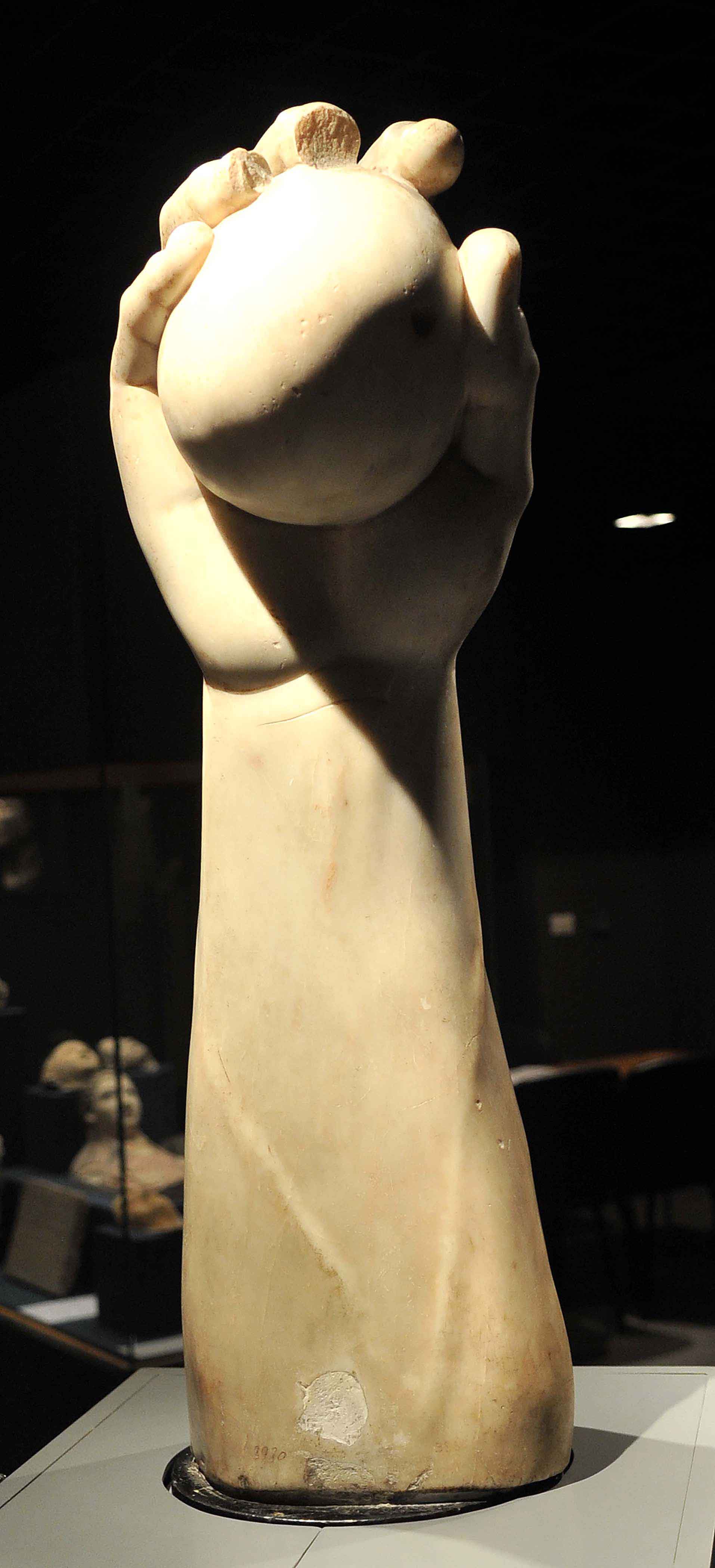
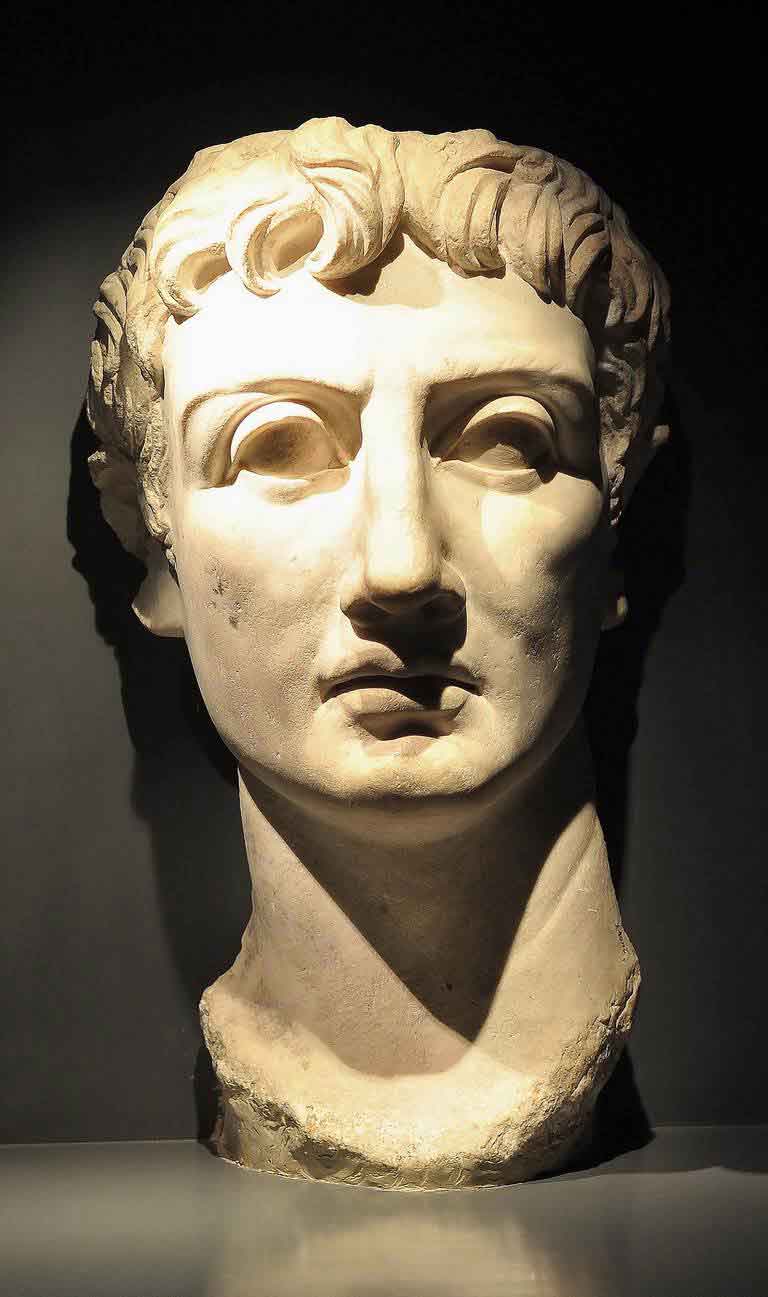


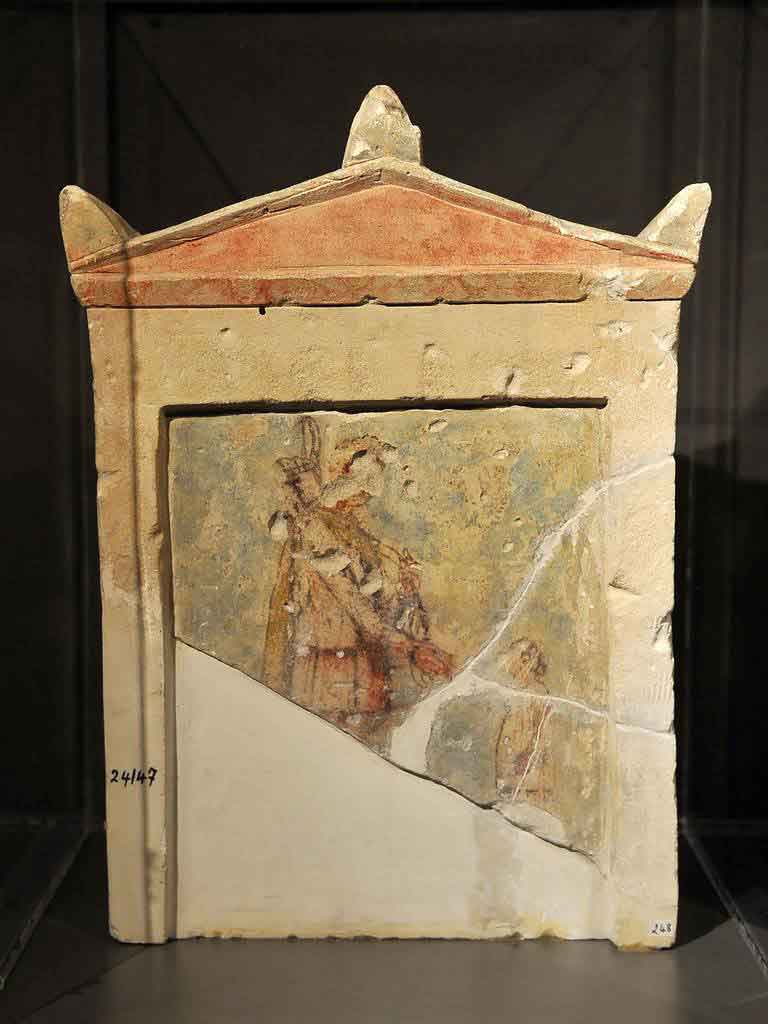

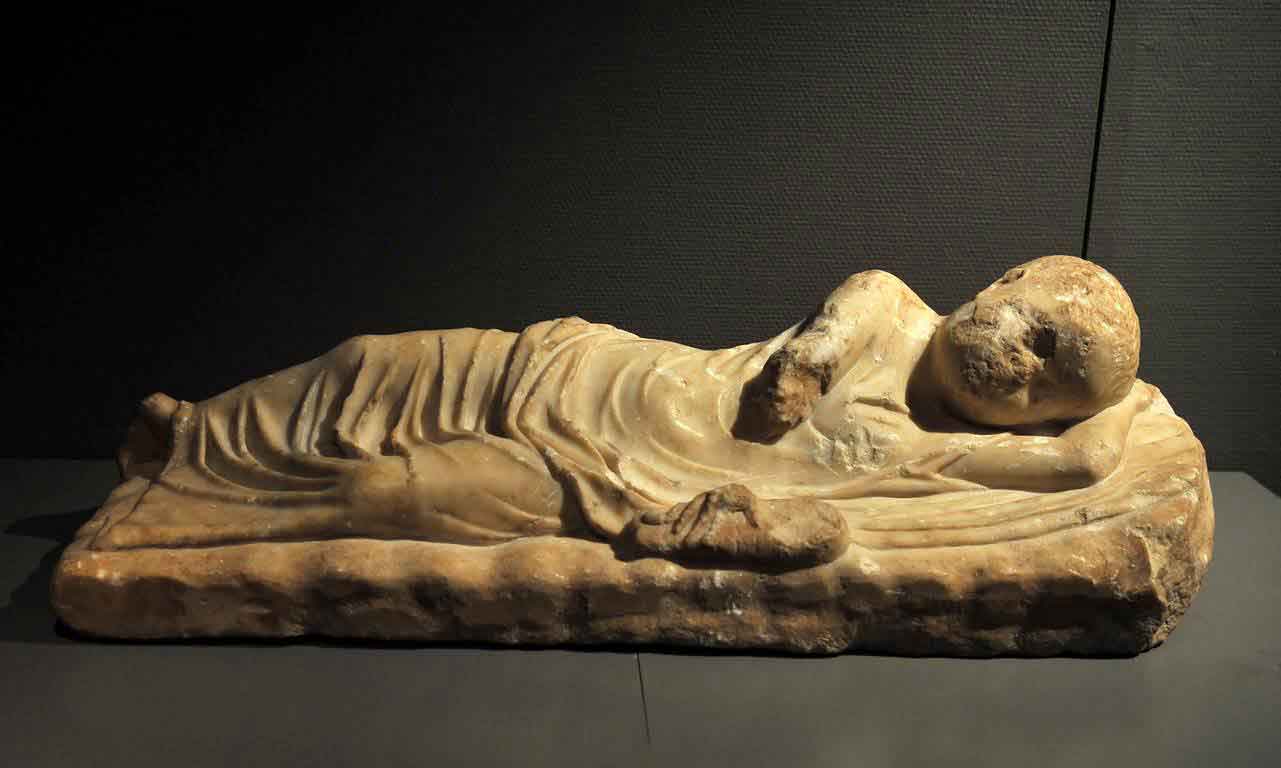



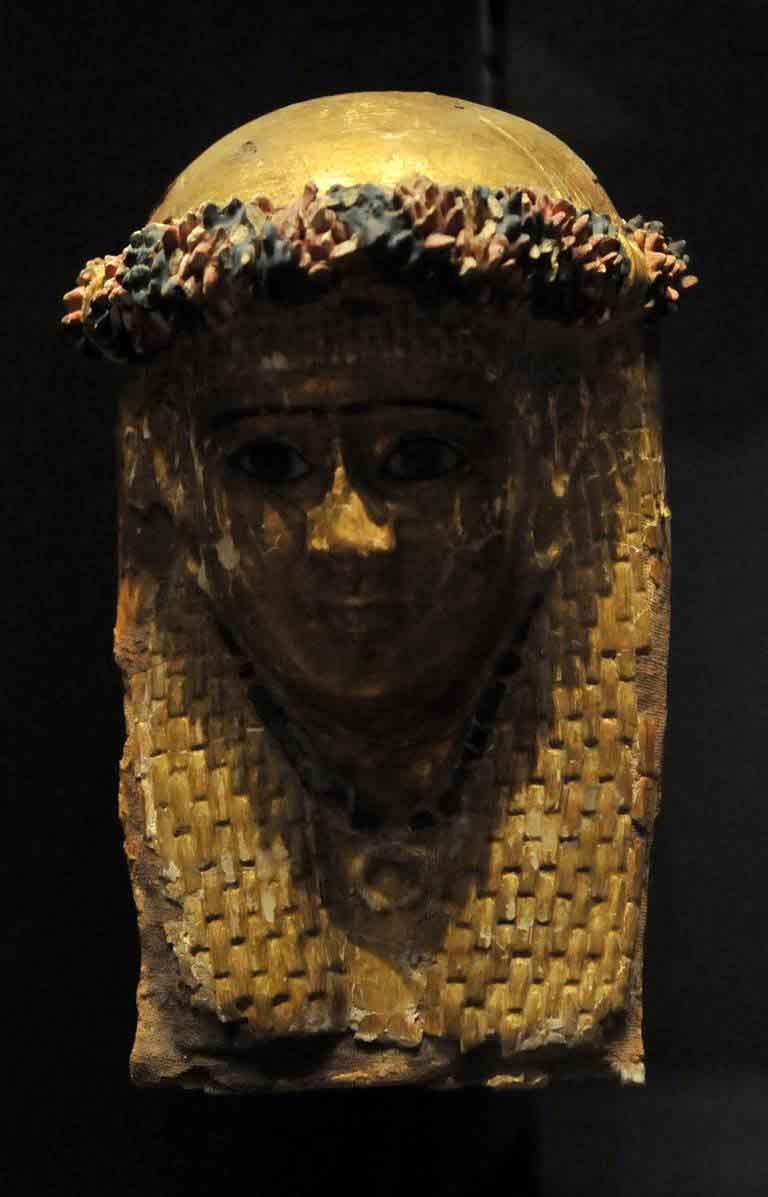
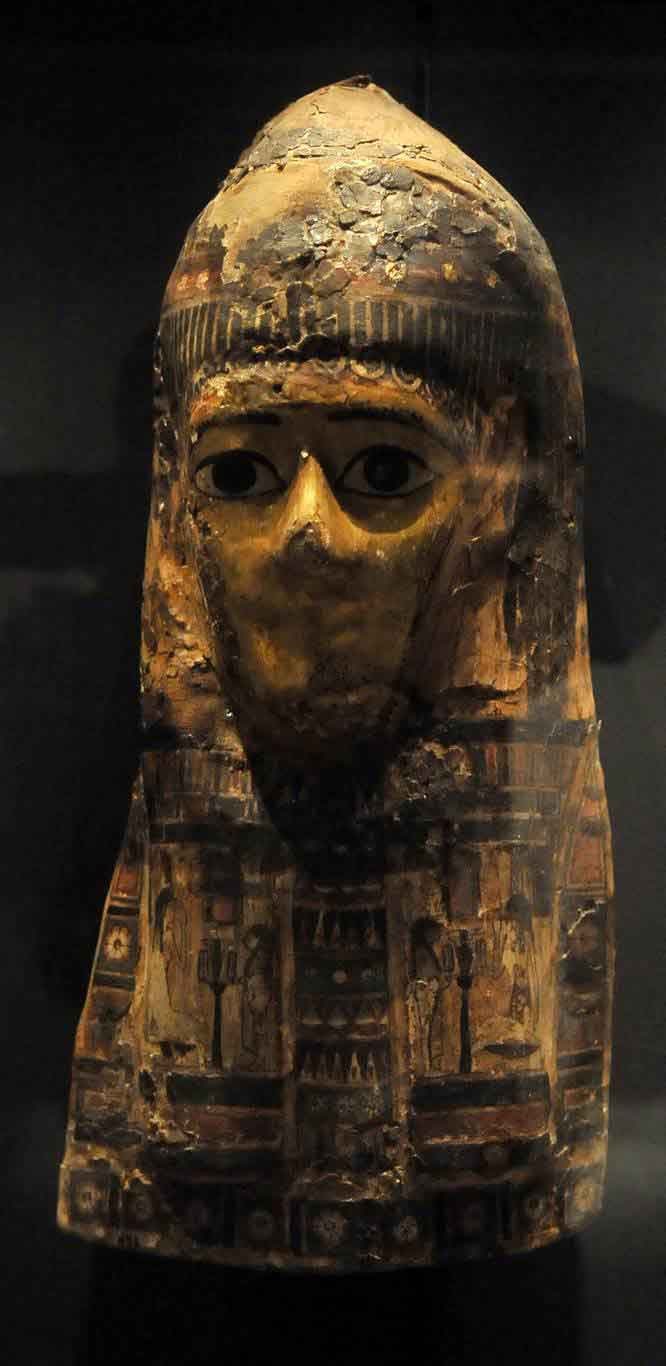
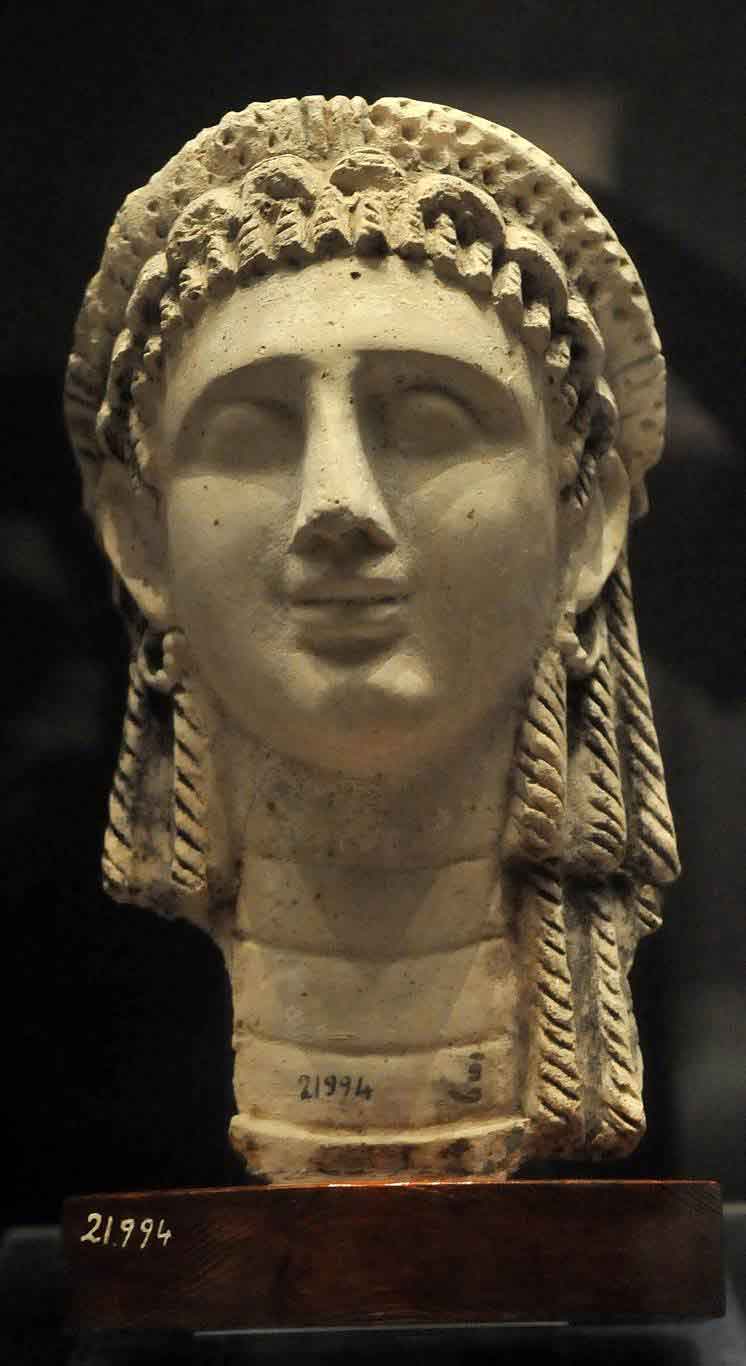


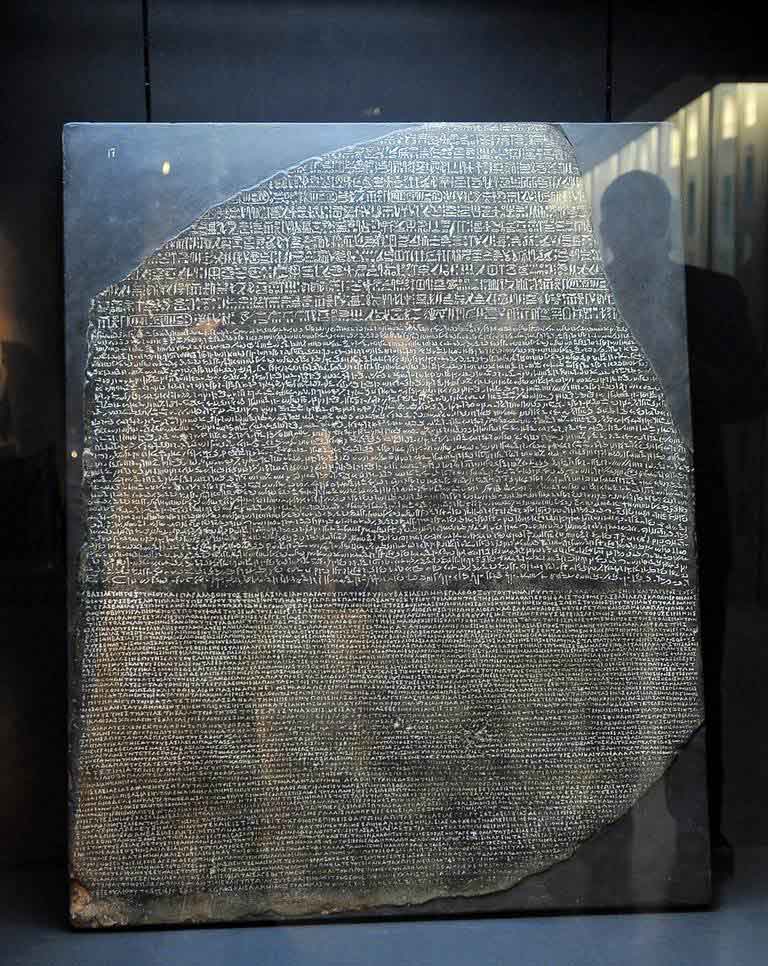
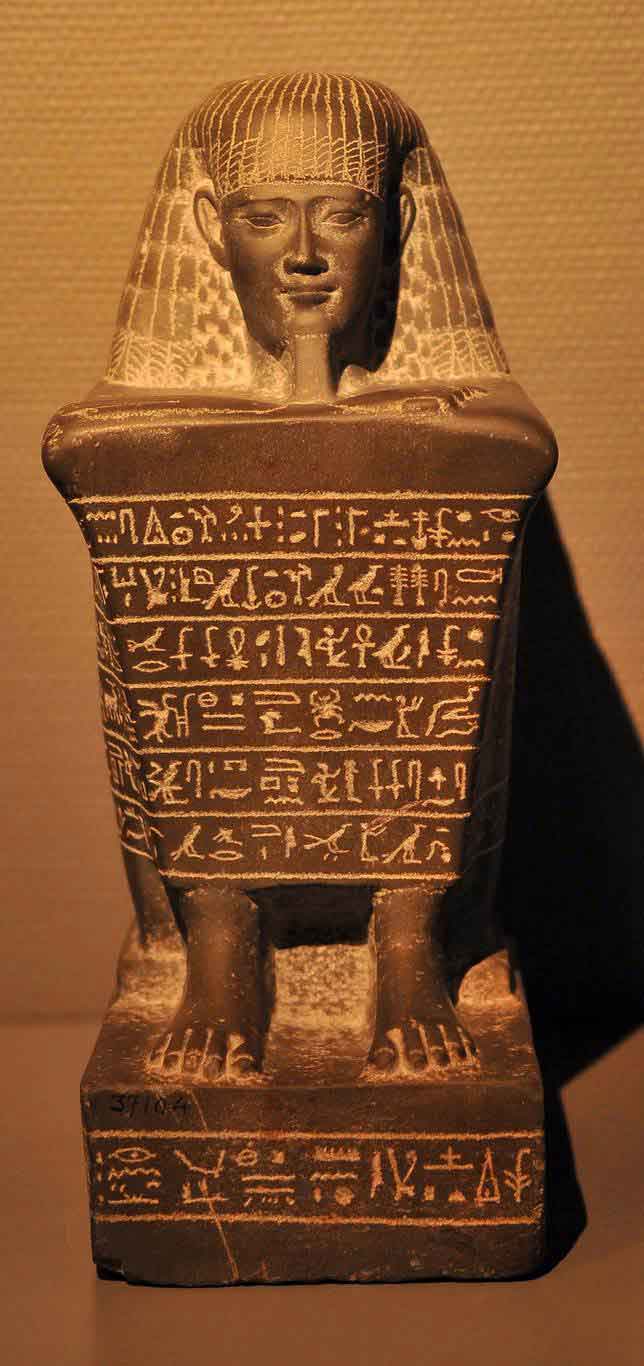
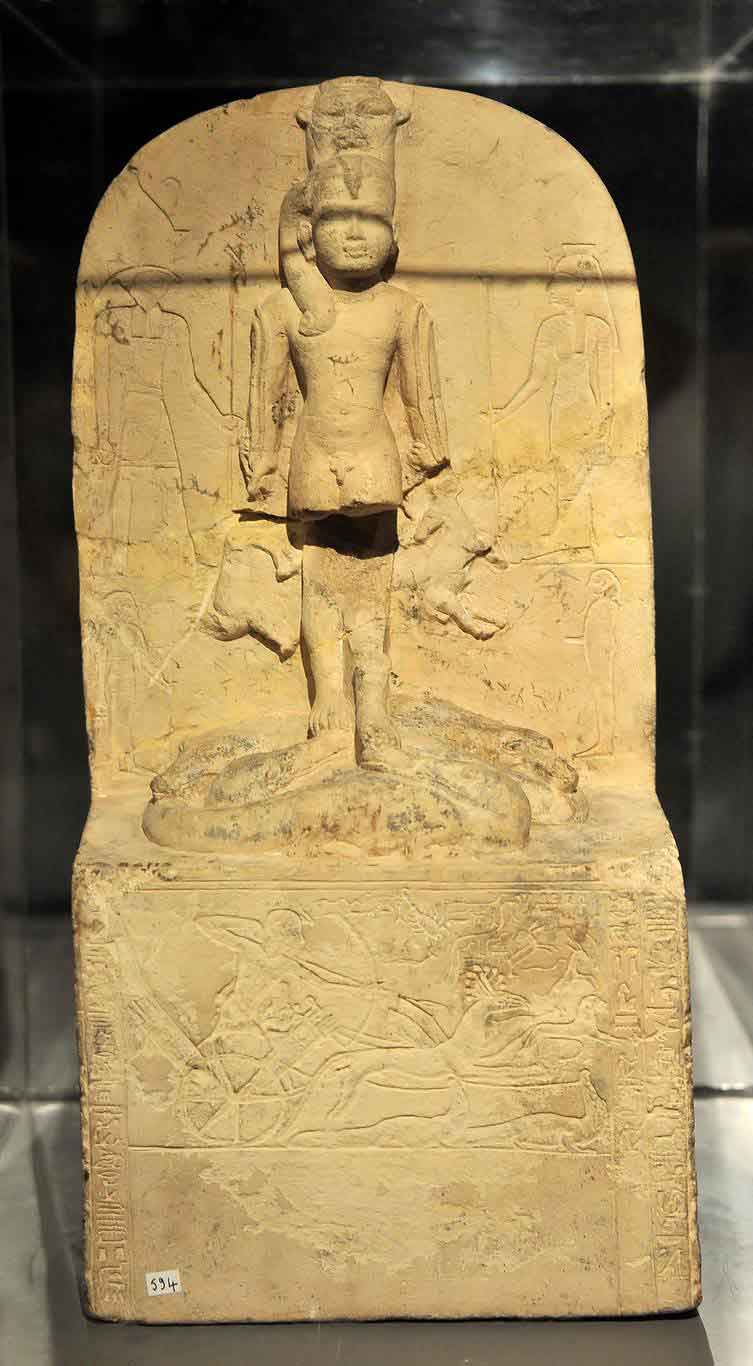


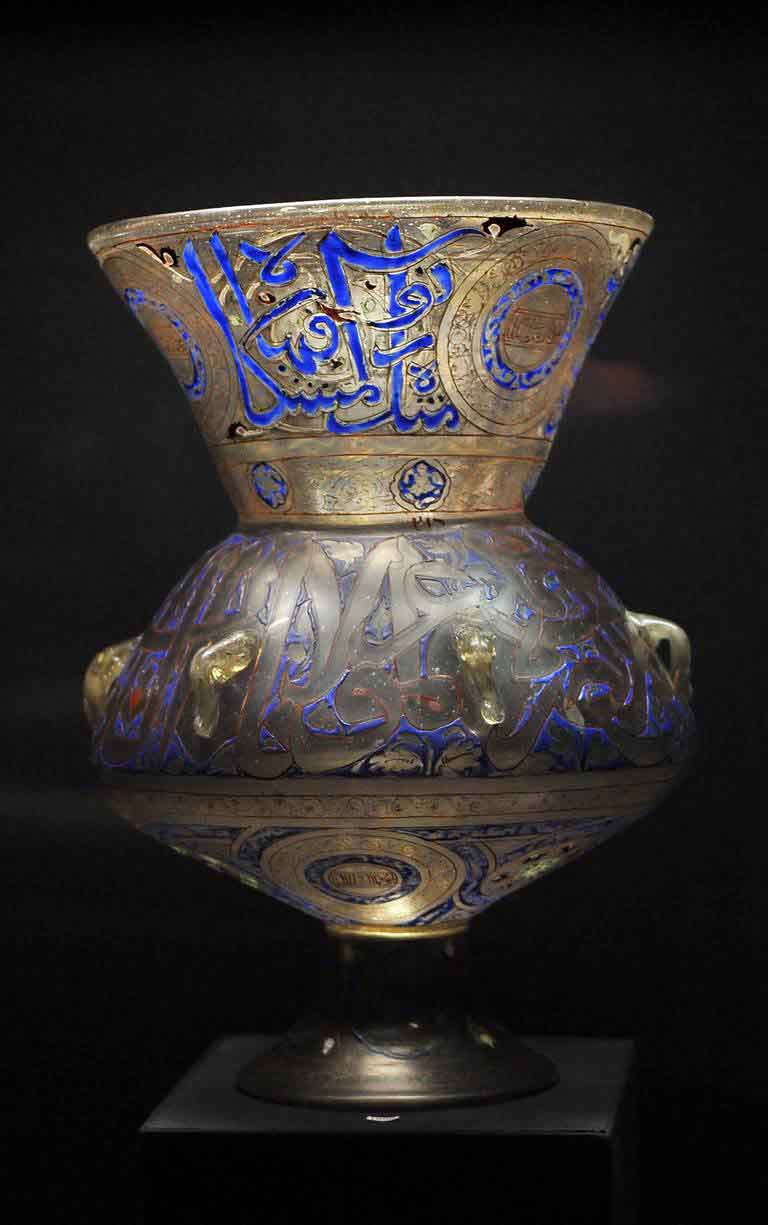
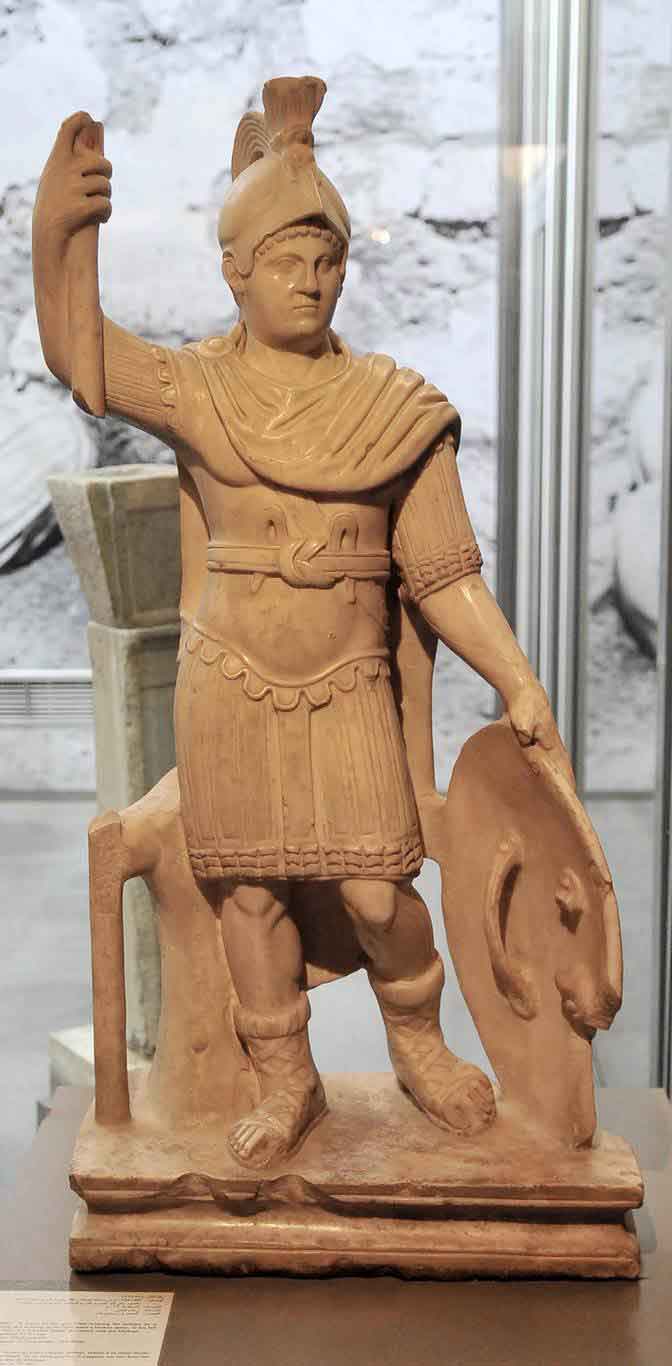

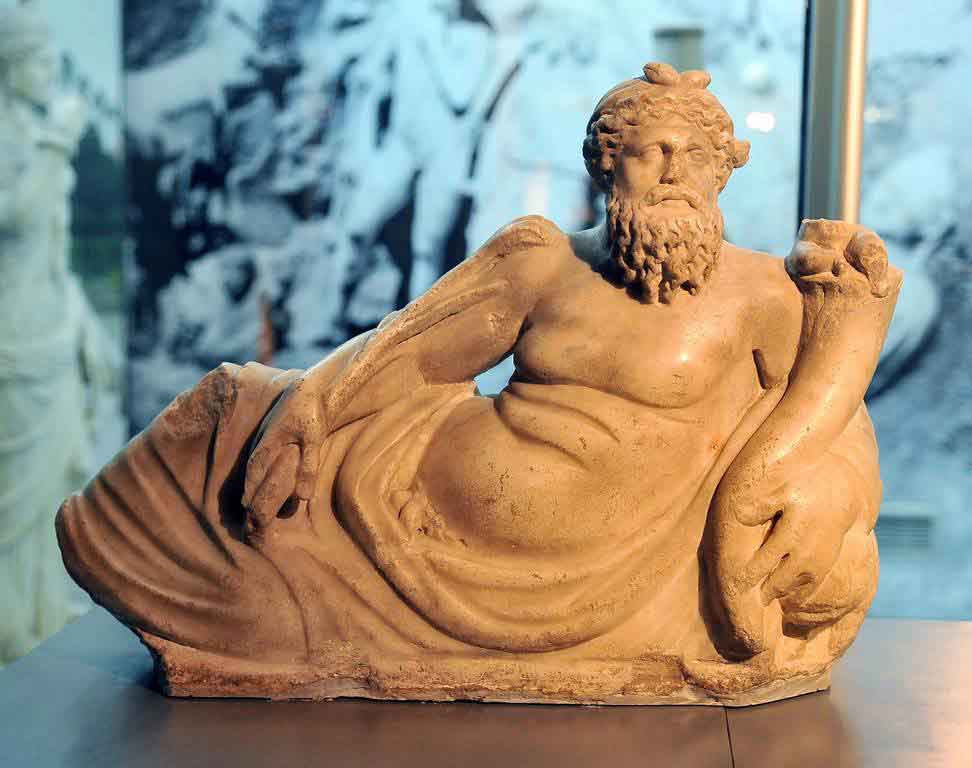
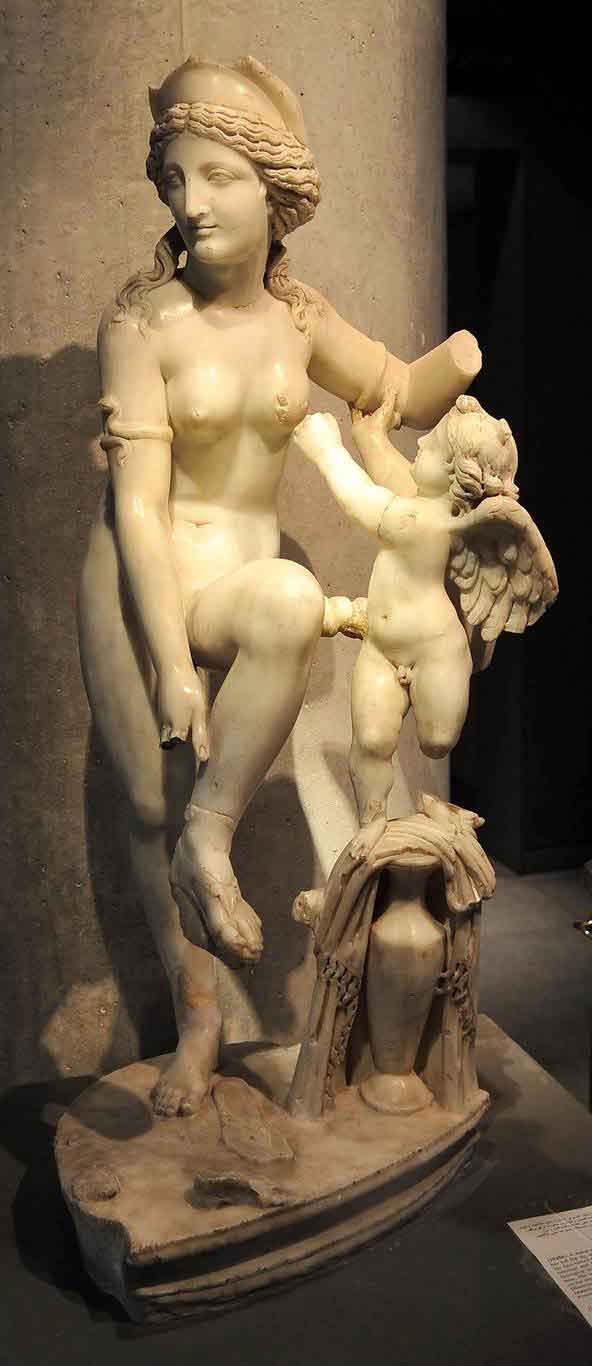
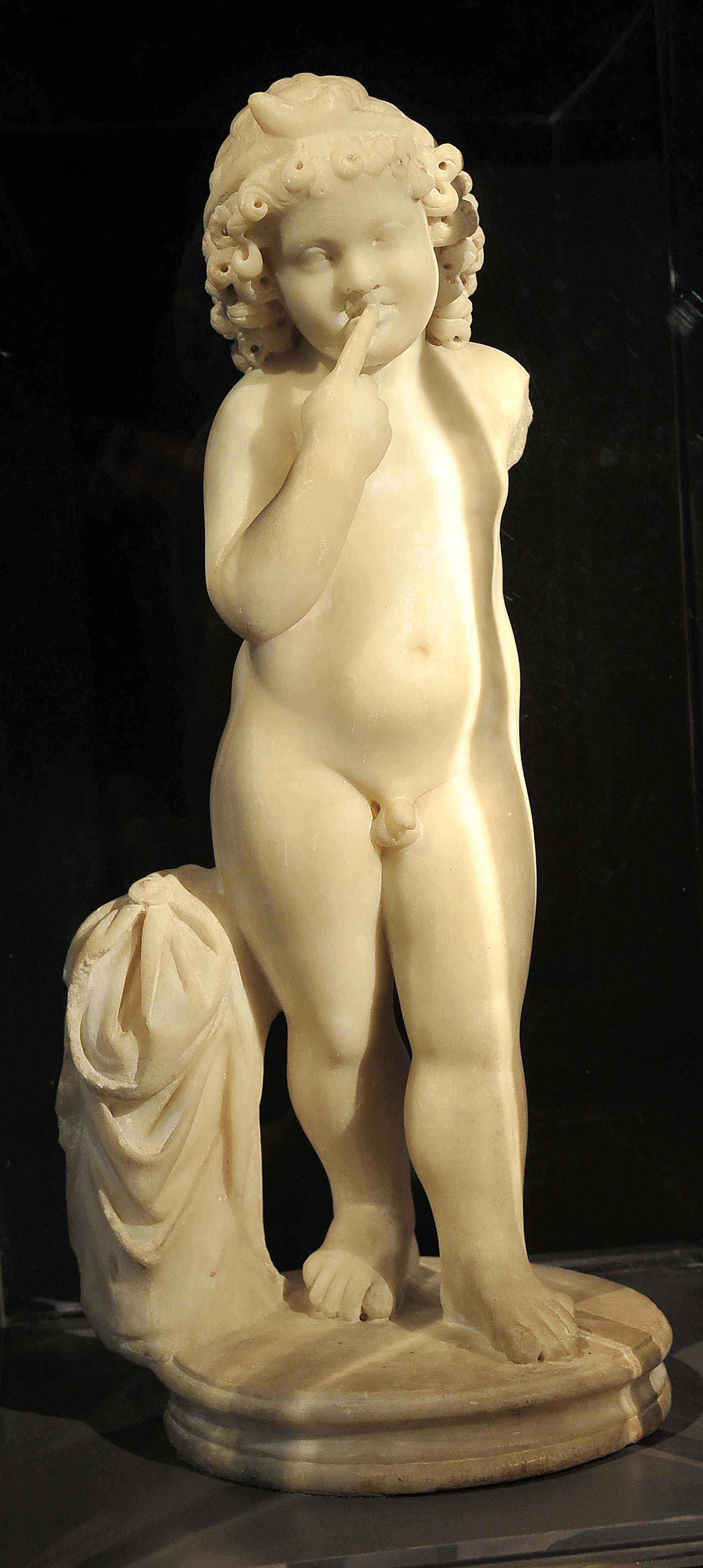
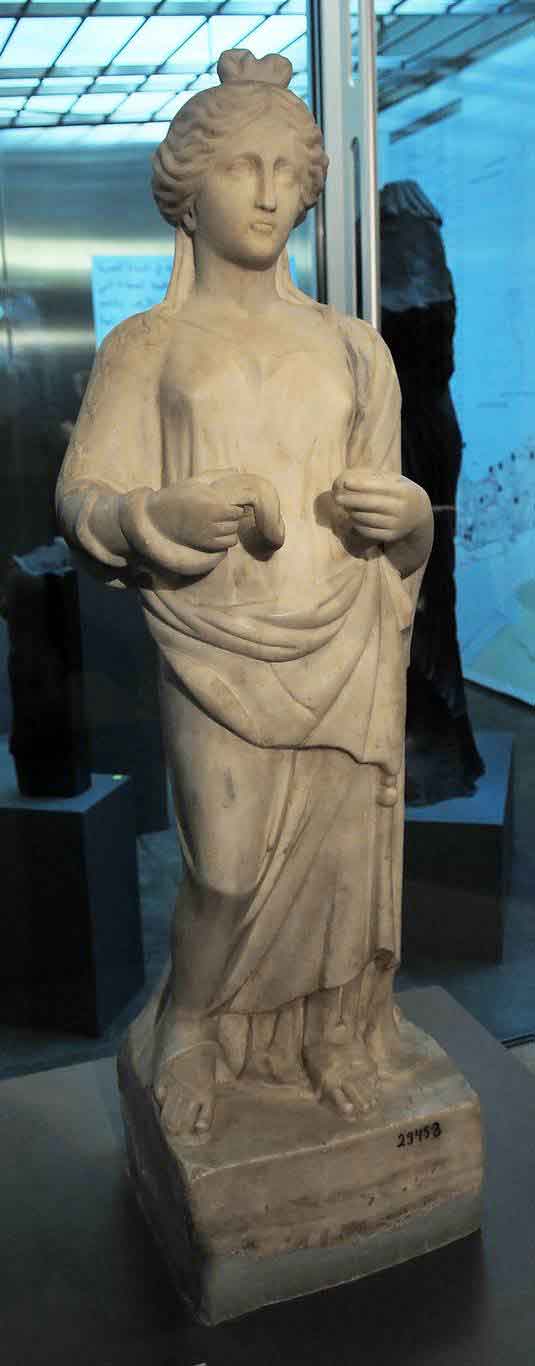

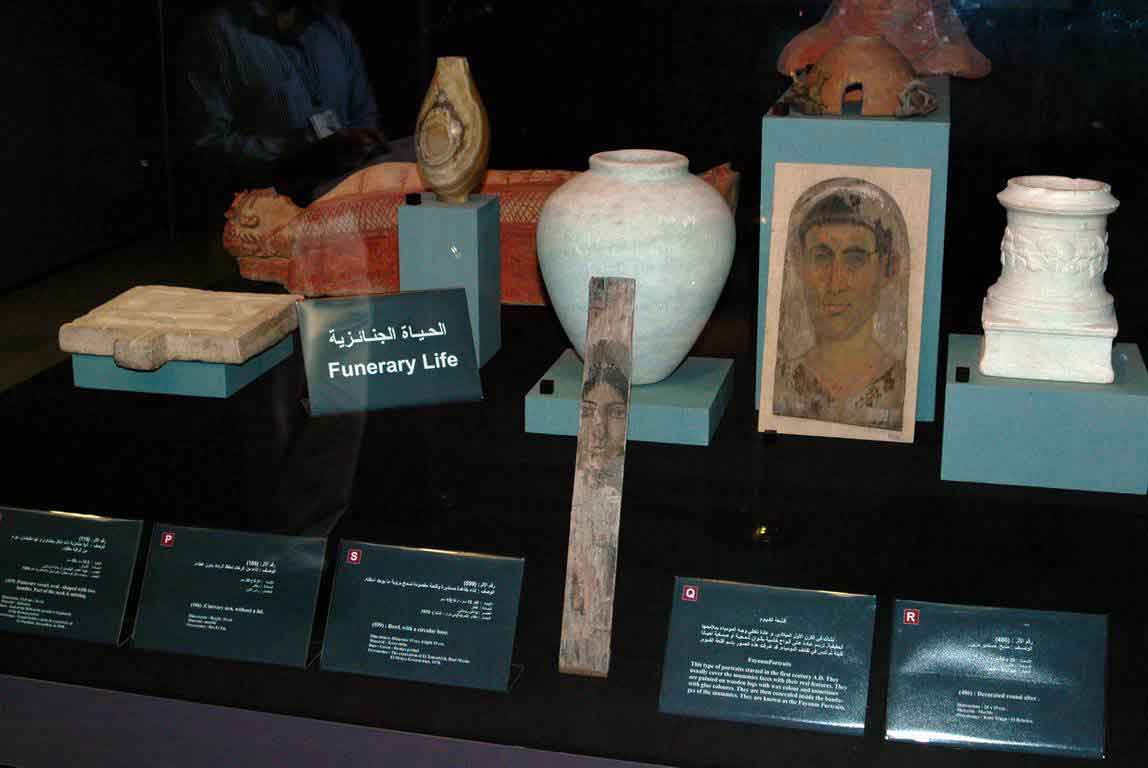
This museum is a civilized window that overlooks the ancient civilizations that the land of Egypt went through since the first and most ancient civilizations (the Pharaonic civilization), then the Greek and Roman civilization, followed by Coptic and finally Islamic.
The exhibits of the museum are arranged in chronological order, starting with the age of the Pharaohs (where there is a special room for mummies) passing through the era of the Ptolemies, the Romans, and the Coptic and Islamic Egypt.
The museum contains archaeological finds estimated at about 1079 pieces. These pieces were chosen from different areas of Fayoum, Minya and Luxor, and from various museums, such as the Greco-Roman Museum in Alexandria, the Egyptian, Coptic and Islamic Museum in Cairo.
This finds includes a distinguished archeological collection, including sculptures for girls studying inside the ancient Library of Alexandria, a statue of a dreamer child, as well as a holder of the Bible from the Coptic era, and a niche from the Mamluk era, specifically the days of the rule of (Sultan Hussein), in addition to a large group of papyrus, which carries connotations Important in various fields, the museum is also unique in the presence of two rare groups:
The first group: a collection of antiquities discovered during the excavation of the library's foundations (1993-1995).
The second group: the newly discovered ancient ruins in Alexandria in the eastern port.
The museum is equipped with the latest methods of display and insurance against dangers such as fires and thefts, with the use of lighting methods that serve the museum display method. The museum offers an educational program for the young (museum education) to develop their archaeological awareness.
